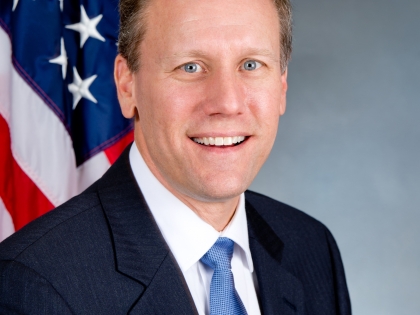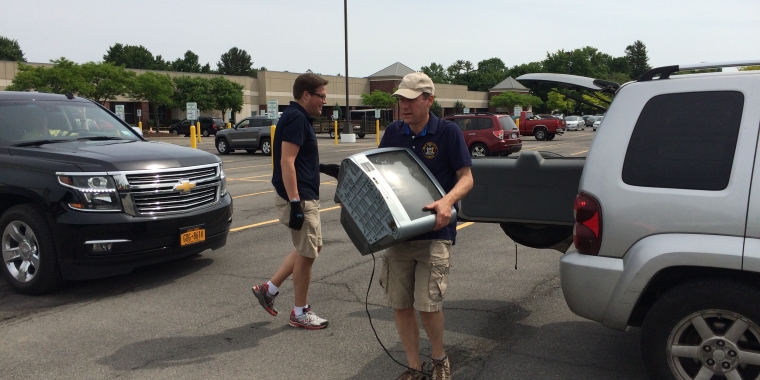
Workers, Business Win With Workers' Comp Reform

This past week a major obstacle to Upstate economic development was overcome with a new agreement to reform the workers’ compensation system. This agreement will cut cost for businesses, improve benefits for injured workers, and, I believe, drastically improve the economic future of New York State.
For the last decade, our state all but ignored its workers’ compensation system. That inaction translated into a system that provided the lowest weekly workers’ comp benefits in the Northeast while ranking among the highest in the nation in costs to employers. This put New York at a competitive disadvantage, costing us jobs and investment.
As I visit Central New York businesses and manufacturers, high workers’ compensation costs have been consistently cited as a major threat to viability. At the same time, workers often complain that benefits for injuries are unbearable.
That is why I focused squarely on this issue in my first term. I called for major reform of this outdated system, raised awareness of the challenges faced by Central New York businesses and advocated for negotiations that involved both business leaders and the labor community, in addition to elected representatives.
Now, thanks to the leadership of Gov. Eliot Spitzer and the willingness of business and labor to address this challenge, an agreement has finally been reached that drastically improves our workers’ compensation system.
Under this landmark agreement, businesses will see their costs cut by 10 to 15 percent. At the same time, the weekly benefits for injured workers will be increased for the first time in a decade, with the maximum weekly benefit for injured workers going from $400 to $500 in the first year, and moving to a rate of two-thirds the average weekly wage by the fourth year.
The reform agreement also creates an expedited hearing process to reduce litigation and speed the time it takes for workers to receive treatment and return to work. And, while limits will be placed on long-term payments for partial disability, the reforms establish a safety-net of programs to help partially-disabled workers return to gainful employment, with ways to intervene in the most extreme situations.
In this agreement the taxpayers of New York State will also see improved accountability measures, as steps will be taken to crack down on fraud by both employers and employees who attempt to abuse the system.
The importance of this agreement on workers’ compensation for our region’s economic future cannot be overstated. With these changes, our state will go from one of the most expensive workers’ compensation states, to the middle of the pack. This is great news for the reform movement and for the economic future of Upstate New York.


